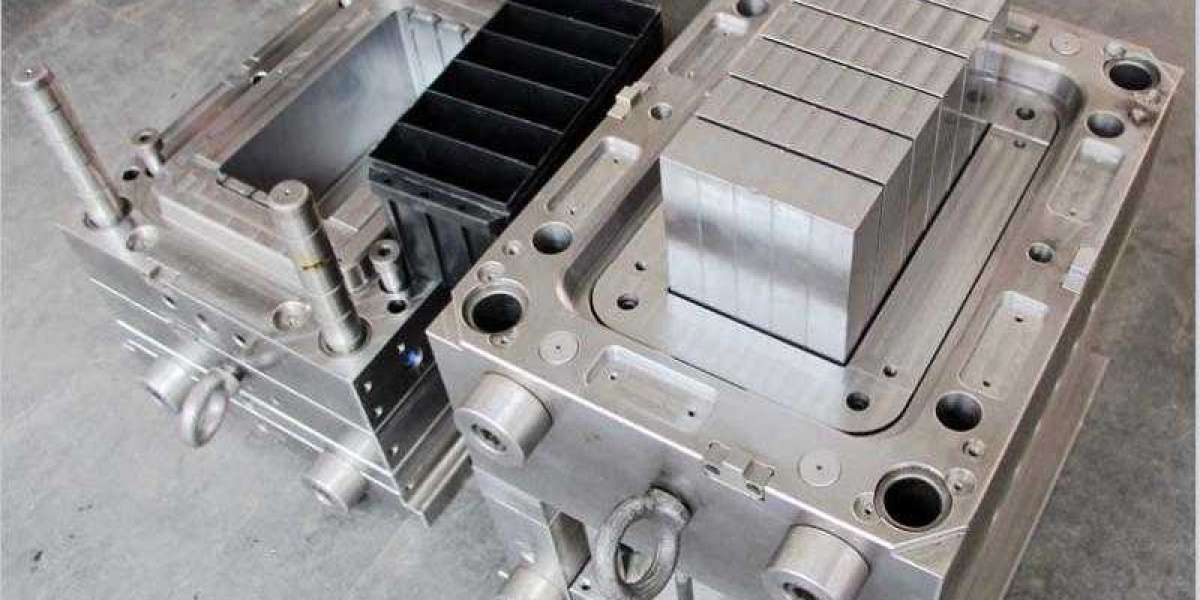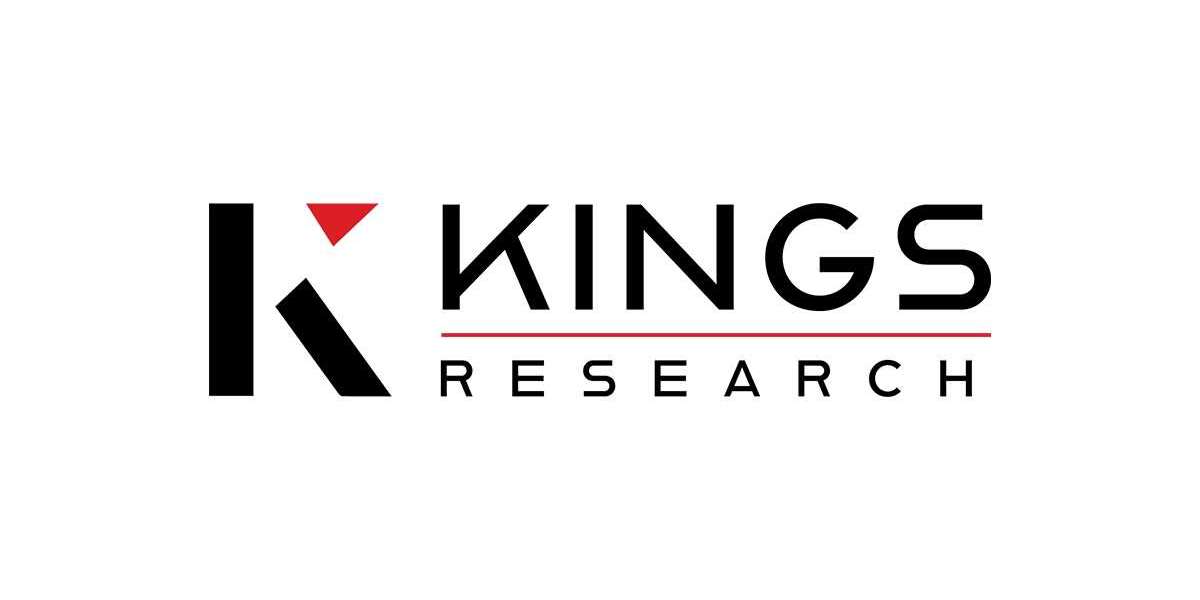In-Mold Labeling for Plastic Parts: A Complete Guide
In-mold labeling (IML) is a specialized decorating process that integrates labeling into the polymer molding cycle. Pre-printed labels are inserted into an open mold, which then closes and the label becomes fused with the molded plastic part during the injection process.
Compared to other labeling techniques, in-mold labeling provides both improved product aesthetics and significant manufacturing advantages. When suitable for an application, implementing in-mold labeling often reduces costs while enhancing appearance.
This guide covers the key aspects of in-mold labeling including how it works, suitable materials, benefits, typical applications, and considerations when adopting this innovative decorating technology.
How In-Mold Labeling Works
The in-mold labeling process involves the following key steps:
- Printed labels are cut to match the size and shape of the mold cavity.
- Just before closing the mold, a robot or applicator positions the label inside the open cavity.
- The mold closes and clamps, pressing the label against the mold surface.
- Molten plastic is injected at high pressure, bonding the label substrate to the resin.
- The label is trimmed in situ along the parting line during ejection/de-molding.
- The result is a plastic part with an integrated, seamless label fused as one.
Inserting the label into the mold when open protects the print and allows proper positioning. The high heat and pressure causes the substrate to fuse with the molded resin, preventing delamination.
Benefits of In-Mold Labeling
Compared to other labeling techniques, in-mold labeling provides numerous benefits:
- Seamless integration of label and plastic part
- Permanent fusion prevents peeling or delamination
- Enhances scratch and chemical resistance
- Allows complex labels shapes and effects
- Hides molded knit/weld lines under label
- Glossy photographic print quality
- Improves product aesthetics and branding
- Label application done in the molding cycle
- Reduces secondary operations
- Simplifies assembly vs. applying separate labels
- Lowers total applied costs
- Just-in-time label production
- High production rates possible
- Reduces work-in-process and inventories
The ability to combine the labeling operation directly with injection molding is the primary advantage, eliminating downstream processes and associated costs.
Typical Label Materials for IML
The label substrate chosen for IML must withstand the high heat, pressure, and flow of molten resin during injection molding without deforming, tearing, or de-laminating. Typical label materials include:
- Polypropylene (PP) – Most common due to heat resistance, low cost, printability.
- Polyethylene (PE) – Good compatibility with polyolefin resins.
- Polyvinyl chloride (PVC) – Economical but limited chemical resistance.
- Polyester (PET) – Heat resistant but higher cost.
- Polycarbonate - Excellent clarity and temperature resistance.
- Acrylic - Optically clear but expensive. Scratch prone.
The thickness generally ranges from 0.002” to 0.012” (0.05mm to 0.3mm). Thicker labels improve rigidity while thinner gauges reduce material usage.
Suitable Resins for Molded Parts
IML labels adhere best to softer, lower temperature thermoplastics. The most commonly molded resins include:
- Polypropylene (PP) – Most popular resin for in-mold labeling, bonds well to PP label.
- Polyethylene (PE) – Chemically compatible with PE label substrate.
- Polyvinyl chloride (PVC) – Bonds strongly with PVC labels.
- Polystyrene (PS) – Easily fused with PS labels but limited chemical resistance.
- Acrylonitrile butadiene styrene (ABS) – Slightly higher temperature than desired, risk of label deformation.
More rigid, high temperature engineering resins like nylon, PBT, PET, and PC can be challenging for IML adhesion depending on label material selected.
Typical Applications of In-Mold Labeling
In-mold labeling is commonly used for:
- Durable consumer goods – Appliances, electronics, household items
- Healthcare products – Diagnostic equipment, medical devices
- Automotive components – Interior trim, bezels, markings
- Food packaging – Containers, cups, lids
- Cosmetic packaging – Lipstick cases, compacts, lotion bottles
- Toy products – Building blocks, action figures, board game pieces
- Promotional products – Badges, signs, point of purchase displays
Any plastic part that requires high visual quality, branding, or decorative effects is a candidate for in-mold labeling. IML can replace hot stamping, pad printing, stickers, or pressure sensitive labels.
Primary Advantages vs. Other Labeling
Compared to other labeling options, in-mold labeling has distinct advantages:
- No additional steps post-molding to apply labels
- Faster overall cycle times
- No surface pre-treatment needed
- Will not peel or delaminate over time
- Withstands high heat, chemicals, and abrasion
- Allows full bleed colors, gradients, metallics
- Decorates complex 3D geometries
- Hides molded knit/flow lines
- Improves scratch resistance
- Provides permanent product branding
- Reduces work-in-process inventories
- Simplifies assembly vs. loose labels
The ability to integrate labeling into the injection molding process itself results in significant cost savings and improved quality compared to offline labeling techniques.
Considerations When Adopting IML
Companies switching existing products to utilize in-mold labeling or designing new IML applications should consider:
- Label and resin pairing for proper adhesion
- Molding machine size and clamp capabilities
- End-use requirements like UV and chemical resistance
- Label application automation
- Cycle time impacts and optimal process settings
- Label design and graphic capabilities
- Additional QA protocols to verify adhesion
- Potential molded part design changes
- Tooling and mold costs, including automation
- Impacts on assembly and secondary operations
- Label printing capabilities in-house vs. outsourced
- Testing to confirm performance requirements are met
- Training operators on IML-specific methods
With proper planning, parts can be successfully converted to in-mold labeling or developed new with IML designed-in to maximize quality and cost efficiencies.
Troubleshooting Common IML Issues
Some potential defects when implementing in-mold labeling include:
Label deformation – Increase mold temperatures, reduce injection speed, use thicker label.
Poor label adhesion – Increase injection pressure, use softer resin grade, change label material.
Burned or discolored labels – Lower melt and mold temperatures, increase clamp force, increase label thickness.
Wrinkling or creasing – Optimize venting, increase label rigidity, adjust mold closure speed.
Label placement inaccuracies – Improve end-of-arm tooling, adjust label feeds, inspect applicator for wear.
Trim defects – Maintain sharp trim steel, adjust process parameters to fully fill label area, inspect mold for damage.
Addressing these common challenges through proper equipment, settings, and early trialing ensures a smooth implementation of in-mold labeling.
Future Outlook for In-Mold Labeling
In-mold labeling continues to grow in popularity due to its cost and quality advantages combined with advancements in materials, printing capabilities, automation, and mold technologies. Continued growth is expected as more manufacturers recognize the benefits.
Trends shaping IML adoption include:
- Thinner label materials to reduce costs and environmental impact
- Digital printing for just-in-time label production
- Special effects like textured surfaces and metallic finishes
- Tooling designs optimized for IML with automated label insertion
- Multi-shot injection molding with molded-in graphics behind an IML clear layer
- Production of the labels and molded parts by the same supplier for efficiencies
With in-mold labeling cost-effectively meeting brand owner demands for high quality graphics, textures, and innovative visual effects on plastic parts, this technology will continue seeing increased usage across many industries.
Summary of In-Mold Labeling
In-mold labeling fuses printed labels within plastic parts during Low Volume Injection Molding, combining the decorative labeling process with part production. Compared to other labeling techniques, IML reduces total costs while producing sleek, integrated labels that resist peeling and enhance aesthetics. When suitable for a product, in-mold labeling provides advantages over offline decorating options. With the right expertise, existing parts can be converted to IML or new products designed to maximize its benefits.


